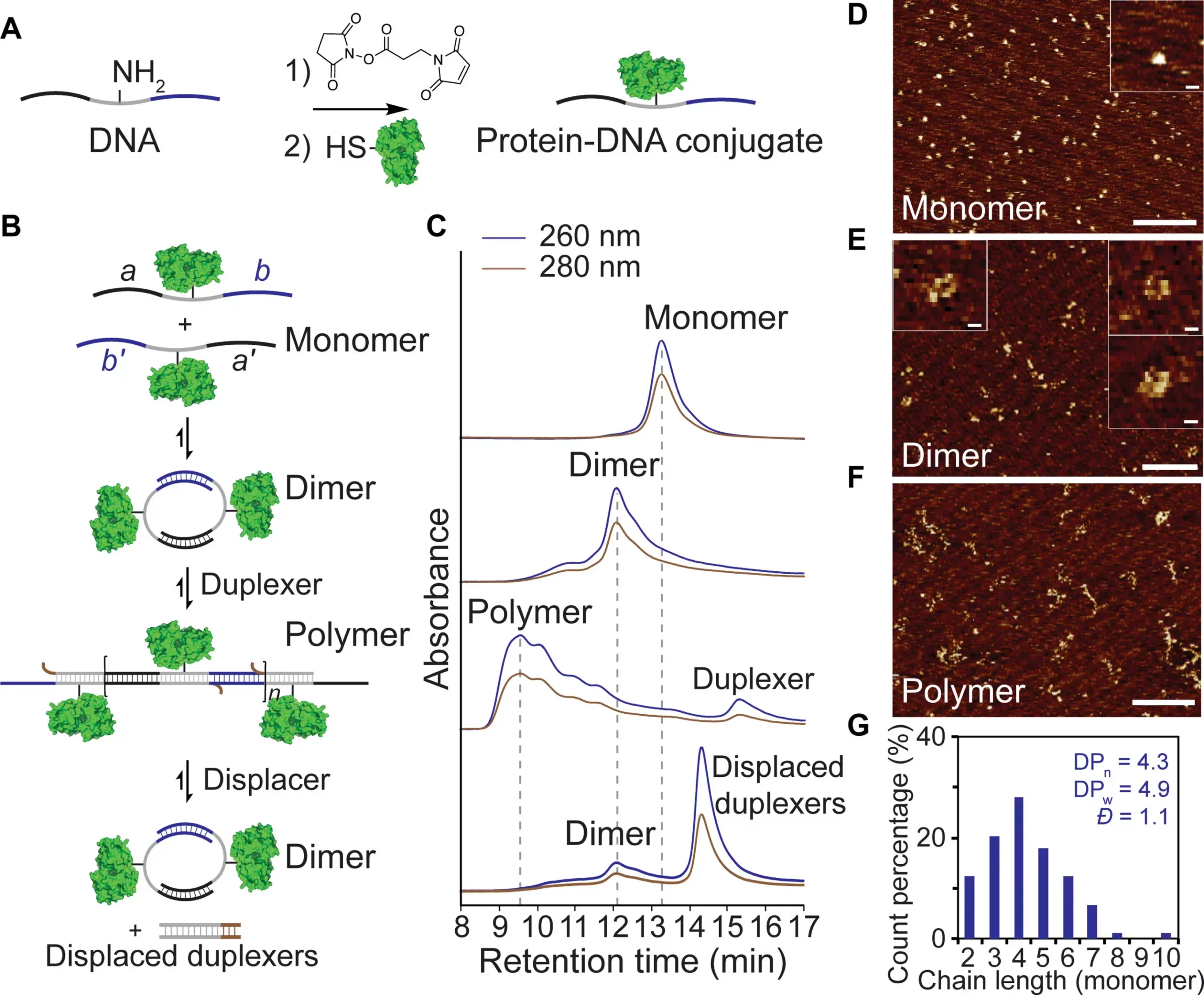The recent study published in Science Advances by Northwestern investigators, led by Chad Mirkin, Ph.D., sheds light on the exciting possibilities of manipulating DNA chemistry to create new materials with innovative applications in medicine and the life sciences. The research team, including graduate student Zhenyu (Henry) Han, demonstrated how strategic design and preparation of DNA systems can result in structures with different shapes, flexibilities, and reactivities.
One fascinating aspect explored in the study is DNA cyclization, where DNA bends to form a circle during biological processes such as DNA transcription. This ability allows DNA to interact with surrounding proteins in unique ways, offering new insights into natural processes and paving the way for the creation of biomaterials composed of DNA and proteins with unconventional forms.
In their experiments, the scientists in the Mirkin lab manipulated DNA strands by introducing unhybridized bases into the sequence. This tweak made the DNA more flexible, allowing it to form circular structures. By strategically inserting regions with unpaired DNA bases, the researchers observed a significant increase in flexibility, enabling the DNA to adopt a circular shape.
Furthermore, the team found that introducing complementary DNA strands to bind with the unpaired regions could trigger the unravelling of the DNA circles, favoring the formation of long, linear, and rigid polymer chains. This reversible process demonstrated the dynamic nature of DNA structures, highlighting the potential for creating versatile materials that can easily transition between different configurations.
Overall, the findings of the study underscore the versatility of DNA as a programmable building block for constructing dynamic polymer and nanoscale materials. By utilizing DNA as a tool for designing materials with specific properties, such as fibers, gels, plastics, or colloidal crystals, researchers can achieve tailored structures that meet various application requirements.
From a nanotechnology perspective, the ability to manipulate DNA chemistry opens up a world of possibilities for synthesizing unique and functional materials. By programming the organization of inorganic nanoparticles and biomolecules like proteins, researchers can create tailored materials with precise structural characteristics and desired functionalities. This innovative approach holds promise for advancing the field of nanotechnology and creating new avenues for material design and fabrication.
The study by Northwestern investigators highlights the exciting potential of manipulating DNA chemistry to create innovative materials with diverse applications. By harnessing the structural flexibility of DNA and exploring its programmable nature, researchers can unlock new possibilities for material design and synthesis in the fields of medicine, biology, and nanotechnology.


Leave a Reply